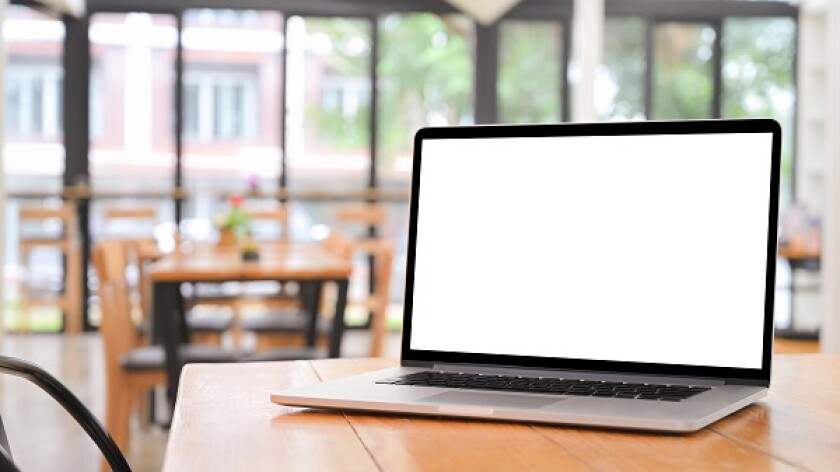There was a court case early in 2019 in connection with software unlawfully stored in a computer's memory by the respondent. The infringer was obliged to pay compensation of more than $40,000.
The judgment was appealed but was upheld by the appeal court. While examining the case, the court of appeal stated that storing software in a computer which is the subject matter of copyright is a way of unlawful use of the computer program in the absence of permission from the owner of the software.
This conclusion follows from Article 1, Paragraph 4 of the WIPO Copyright Treaty of which Russia is a member. The article makes reference to the Berne Convention according to which (Article 9) the reproduction right fully applies in the digital environment, in particular to the use of works in digital form. It is understood that the storage of a protected work in digital form in an electronic medium constitutes a reproduction within the meaning of Article 9 of the Berne Convention. A corresponding rule entailing liability is set forth in Article 4 of the Directive 2009/24/EC of the European Parliament and Council dated April 23 2009. It provides that actions like downloading on to a computer, displaying on the screen, use, transmission or storing computer programs constitute infringement if done without permission of the owner of the program. The court noted that storing software per se in a computer without approval of the right owner is an independent element of infringement.
This approach is confirmed in a Resolution of the Supreme Court of the Russian Federation No 308-ЭC-14-1400 dated June 8 2016.
As found by the courts of first and second instance, the plaintiff is the owner of software which is the basis of the claim in court.
The presence of the software on hard discs of the computer owned by the respondent was established by the courts of first and second instances during the basis examination and evaluation of the set of pieces of evidence present on file.
The respondent stored software owned by the plaintiff on hard discs of computers owned by the respondent which is infringement per se.
Contrary to the arguments of the respondent, no person aside from himself could have committed the infringement, i.e. downloading and storing the computer programs in the computer's memory.
Vladimir Biriulin











